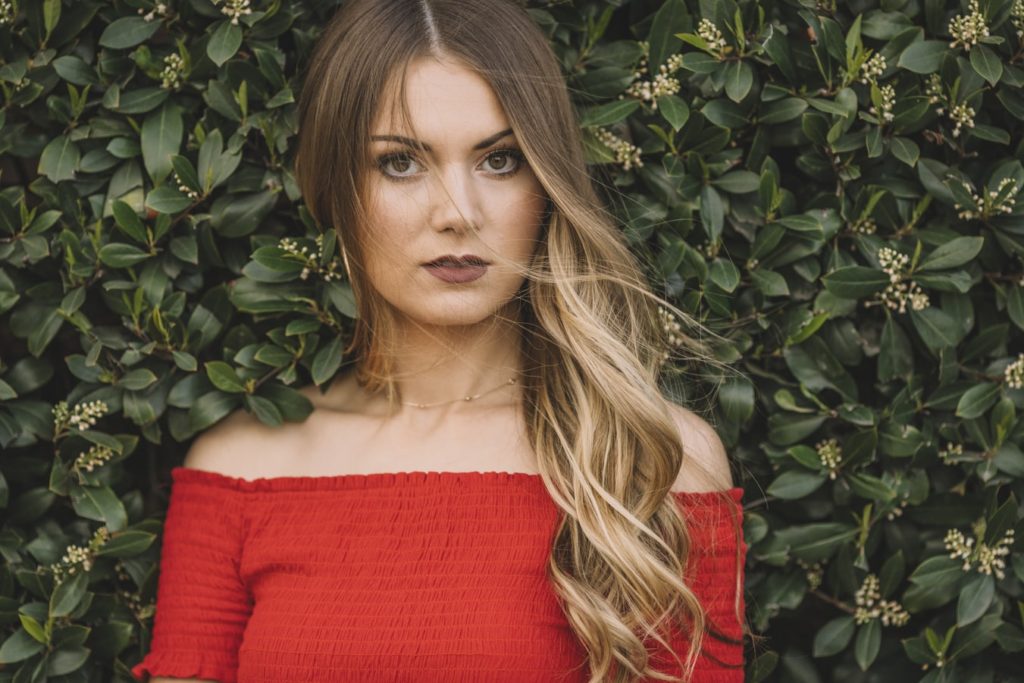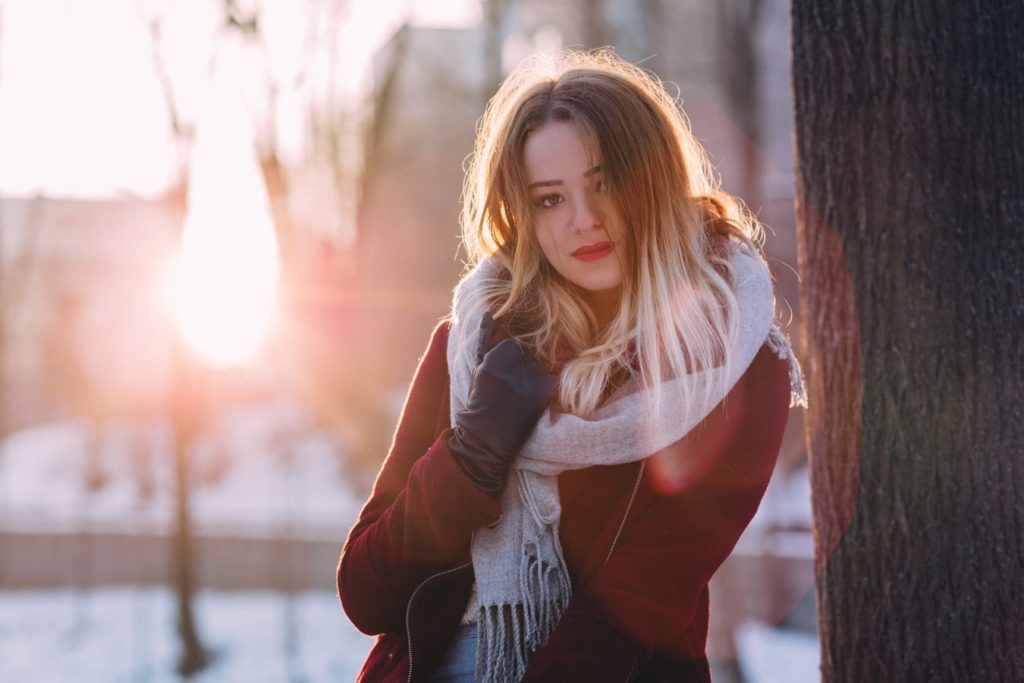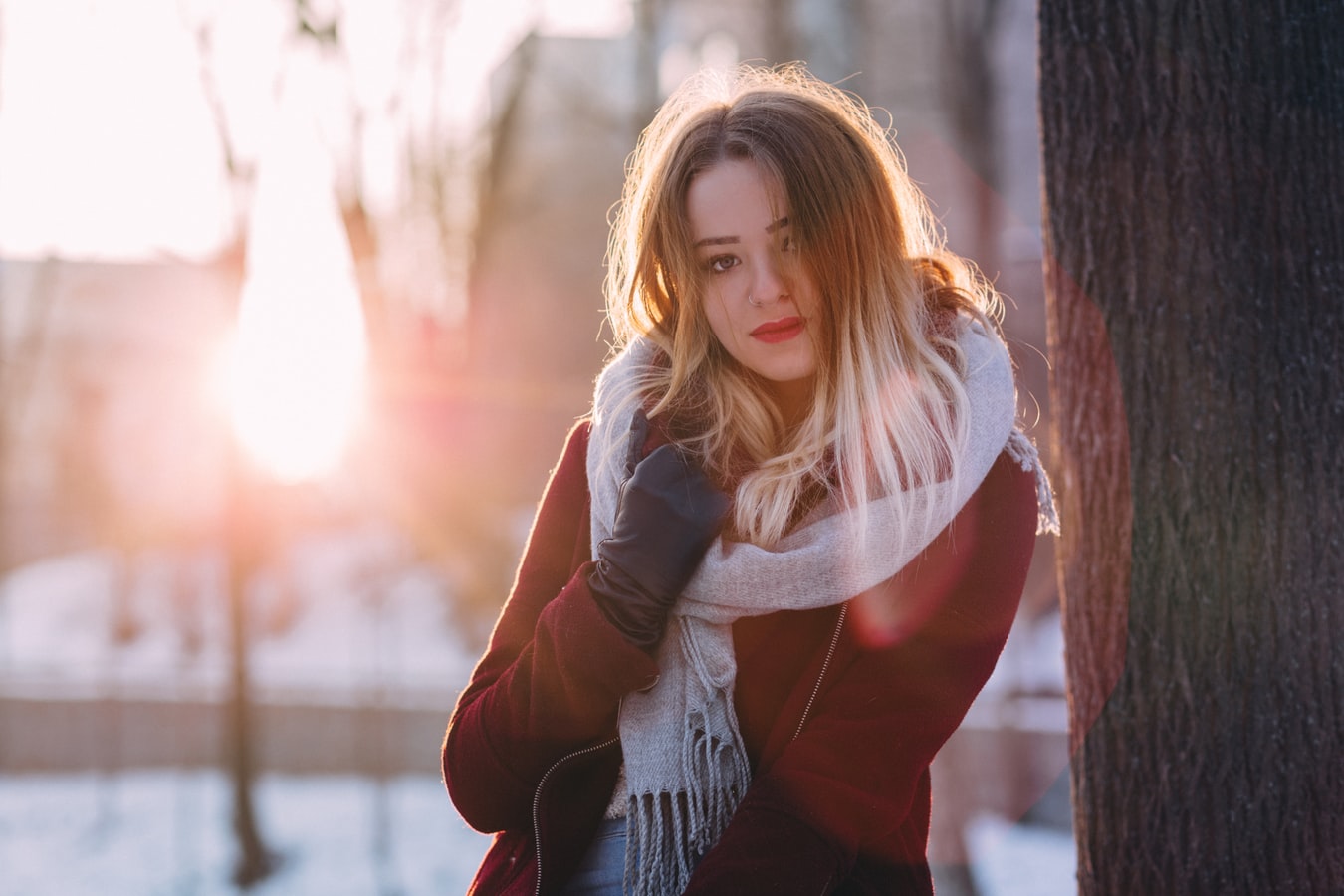
As hairstylists of a fashion freak, there are certain things you need to be conversant with. For instance, you should know the difference between Balayage hair extensions and Ombre hair extensions. So, right now, we’ll set the record straight and highlight some of their significant differences and what the two styles entail. It’s worth noting that both are ideal techniques for those who fancy blonde hair extensions and black hair extensions.
Balayage vs Ombre hair extensions
Technically, balayage or ombre usually portrays similar results. But the two techniques are different. We’ll discuss how to achieve the two styles, how effective both are, and the many differences.
Balayage hair extensions
Balayage is a French word which means ‘sweep’. The color technique involves painting – yes, you read that correctly. The color technique involves painting the color on the hair. People also refer to it as a freehand highlighting technique, unlike the traditional strategically places foil highlights.
The Balayage hair trend provides you with a mix of natural-looking and blended hair color, where the natural highlights tend to be hew shades lighter than your natural hair tone. The base of your hair is left darker than its roots to help provide movement and dimension to your tresses. If you need a low-maintenance look, here is one style that’s worth trying.
Ombre hair extensions
Ombre is one other French word you’ll come across in this piece, and it means ‘shadow’. Just as the name implies, ombre involves a very bold transition of your hair color from root to the tip. Although the color is different from root to tip, it remains a gradual transition from one color shade to another.
With the ombre hair extensions, your hair roots are naturally the darker shade with the transition to lighter locks on the root of your hair. Your stylist must get your ombre correct so that it perfectly transitions in different shades and doesn’t have distinct lines colour-wise.
The dyeing methods of Balayage and Ombre

- Dyeing techniques for Balayage hair extensions
With the balayage clip in hair extensions, the colorist adds the dye directly to your hair strands, leaving your hair with a feel of the natural blend. However, on the flip side, a harsher color transition can be achieved by just bleaching the bottom half of the hair while also dyeing the lighter color shade on the top half of your hair using foils. It is a traditional dyeing method that lets you achieve a soft blend between two color shades.
- Dyeing techniques for Ombre hair extensions
You are either going to be doing this yourself or paying a hair colorist to help with it. To get it done, your colorist will separate the colors into a single shade. To do this, you’ll need a filler color before coloring the other part of the hair. The filler color acts as a base that you can pump depth and warmth back into, to prop of the color’s rest. The filler color should be a Golden, Warm, or chocolate color – it doesn’t matter whether you don’t aim to have warm color at the end of your hair.
Once he or she has filled the ends of your hair, your hair will get the color you ultimately want. You should mix the color with a 20 volume deeper or No lift, and make sure to apply to your hair roots first and then the ends as well.
Our verdict – Choose the best color according to your needs
You can now make your hair look stunning and bright, just like some other celebrities with these hairstyles. The color you pick should be according to your needs. We hope this insight has helped you on your bold color journey on achieving the best results for both balayage and ombre hair clip in hair extensions.
